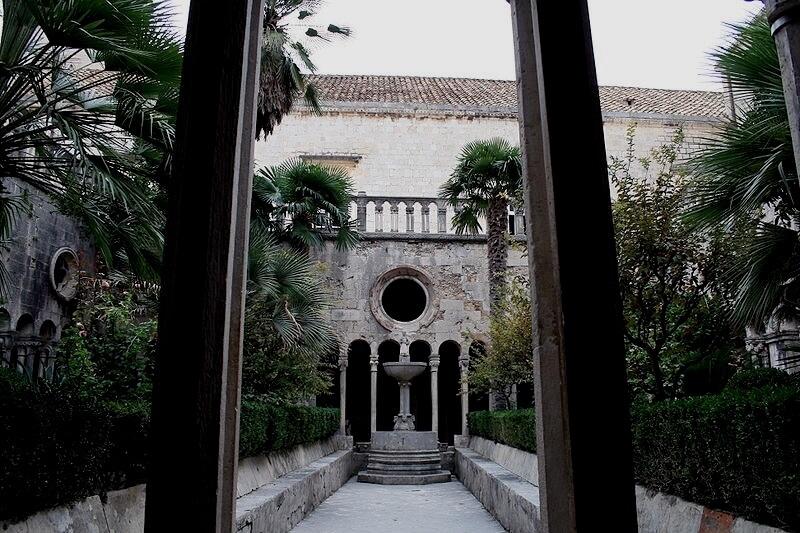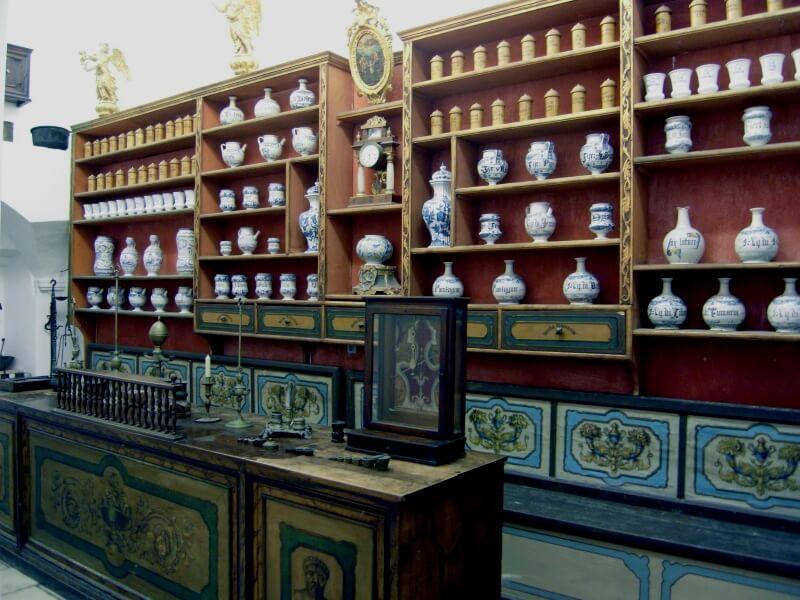Franciscan Church and Monastery
Removed from Unnamed collection





+ 3
Source: Alex, Diatomic Tours Images may be subject to copyright. Learn More
Nestled along the bustling Placa, the main thoroughfare of Dubrovnik, Croatia, stands the magnificent Franciscan Church and Monastery. This sprawling complex, owned by the Order of the Friars Minor, is a treasure trove of history and architectural beauty. It includes a monastery, church, library, and even a pharmacy, each with its own story to tell.
Let's take a stroll back in time: The first monastery was constructed in the 13th century, originally outside the city walls. Fast forward to 1317 when a new monastery began to rise inside the walls, near the iconic Pile Gate. This ambitious project took centuries to complete, with various sections being rebuilt multiple times due to the wear of time and catastrophe. One such disaster was the devastating earthquake of 1667, which obliterated the church and claimed many of its artistic treasures, including a statue by Pietro di Martino da Milano. However, the portal overlooking the Placa endured. Sculpted in 1498 by the talented Petrović brothers, it remains a stunning example of Gothic artistry.
The portal features an almost life-sized Pietà surrounded by flamboyant leaves, flanked by St. Jerome and St. John the Baptist. Above them stands the figure of the Father Creator, adding a divine touch to this historic entrance. Inside, the church was reborn in the Baroque style, with a single nave that echoes with stories of the past. Remarkably, the marble pulpit withstood the quake's fury, standing as a testament to resilience. The main altar is a masterpiece by sculptor Celia from Ancona, created in 1713. It features a statue of the resurrected Christ encircled by four elegantly twisted marble columns. The five side altars, crafted by Venetian artisan Giuseppe Sardi between 1684 and 1696, add to the church's opulent splendor. Not to be overlooked, the altar of St. Francis boasts decorations painted by Celestin Medović in 1888. As you wander through the church, you'll find the final resting place of the renowned poet Ivan Gundulić, whose works continue to resonate through Croatian culture. The monastery itself, built in 1360 by master Mihoje Brajkov of Bar, showcases late Romanesque style and provides a serene retreat from the lively streets outside. While you're here, don't miss the chance to visit the pharmacy, one of the oldest still-operating pharmacies in the world. It dates back to 1317 and offers a fascinating glimpse into the history of medicine. A stroll through the library will reveal a collection of ancient manuscripts, giving you a deeper appreciation for the knowledge and tradition preserved within these walls.
 Alex, Diatomic Tours
Alex, Diatomic Tours  Croatia
Croatia